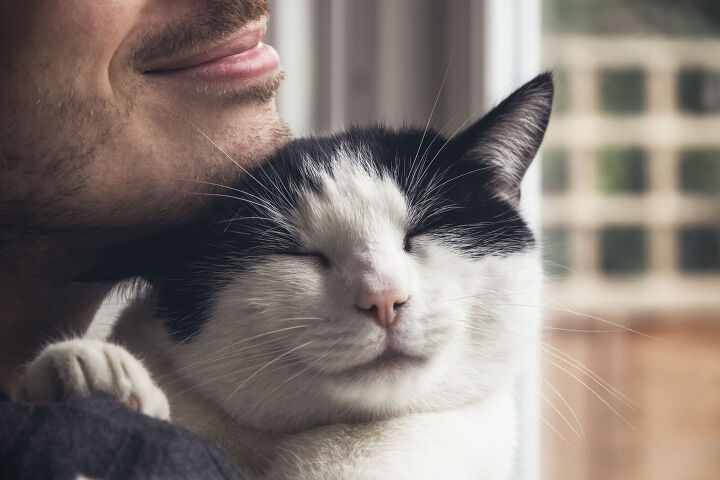New Study Reveals More About How Cats Purr

Pet parents love hearing their cats purr while in a relaxed and blissful state, and it’s believed that a kitty’s purr could be healing, too. But, no matter how long you’ve shared your home with felines, you might still wonder how your furry friend is able to make such a unique sound.
New research now sheds some more light on how cats purr, so people can learn even more about their feline companions.
Theories About How Purring Happens
Experts have had theories about the domestic cat’s purr, but weren’t sure how these little animals could make sounds at low frequencies in the range of 20-30 hertz. Typically, large animals are able to make sounds within that range because of their longer vocal cords, so experts have been fascinated by the fact that cats, with shorter vocal cords, are able to do so as well.
For several decades, scientists thought that cats purred by contracting and relaxing laryngeal muscles – in other words, it was an active, not passive, process. Researchers wanted to dig deeper to find out if this is true, and what they uncovered is enough to make them question the old theory.
New Research on Purring
For this study, experts used the larynges of kitties that had been humanely euthanized. With the permission of the owners of eight cats, they got to work on removing the larynges so they could figure out more about how they function, pinching the vocal cords and moving air through like would occur in a living animal.
After they isolated the feline larynx, they were able to make it produce a purr without a brain sending signals or any muscles contracting – and they did it in all eight of the larynges.
The scientists were able to make the larynges purr without active neural control and without active muscular contractions. So, unlike previous theories, the research shows that purring might be something that happens automatically, just like other vocalizations, once the brain sends a signal to start purring.
The researchers also looked at fibrous tissue masses in the vocal cords of felines. They think that those pads might play a role in the cat’s ability to create low frequencies during purring.
While these findings are interesting, they merely suggest how purring occurs, and they don’t prove that the larynx works the same way in cats who are alive. Because it’s difficult to perform this type of research on living cats, who aren’t likely to purr in a scary setting while they’re being tested and examined, there will still be questions about the cat’s purr.
Join the PetGuide community. Get the latest pet news and product recommendations by subscribing to our newsletter here.

Lisa Selvaggio is a freelance writer and editor, and our resident cats-pert, with certifications in pet nutrition and pet first aid. She enjoys producing content that helps people understand animals better so they can give their pets a safe and happy home.
More by Lisa Selvaggio























